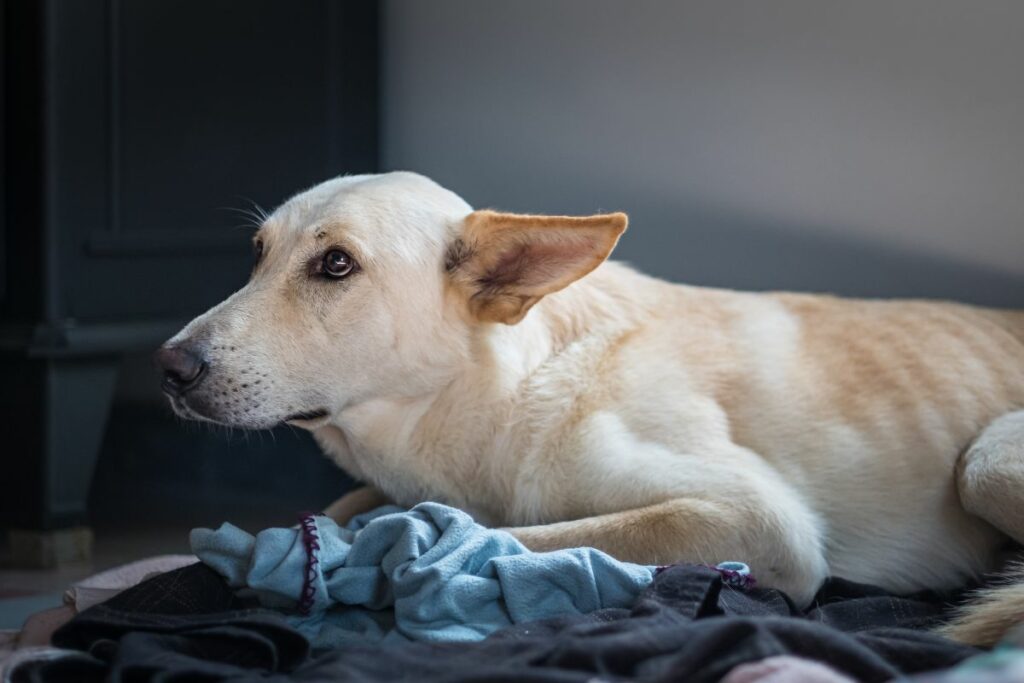Boarding a Dog with Separation Anxiety: Ensuring Your Pet’s Comfort

Boarding a dog with separation anxiety doesn't have to be stressful. With the right approach, you can ensure a positive experience for your furry friend.
Understanding Separation Anxiety in Dogs
Separation anxiety in dogs manifests through various distressing behaviors such as excessive barking, destructive actions, and attempts to escape whenever they're left alone. This condition often stems from changes in their routine, traumatic past experiences, or the loss of a significant companion. The implications of this anxiety can significantly affect their overall well-being, making it crucial for pet owners to address these concerns, especially in situations like boarding.
Preparing Your Dog for Boarding
Preparation is key to a successful boarding experience for a dog with separation anxiety. Begin with short periods of separation to gradually accustom your pet to being alone. This can be complemented by finding a dog boarding kennel, like Silver Maple Pet Center, that caters to the needs of anxious pets, offering a calming environment with plenty of personal attention. A pre-boarding visit can help your dog become familiar with the new surroundings, and bringing along their favorite toys or bedding can provide additional comfort.
Selecting the Right Boarding Facility
Not all boarding facilities are created equal, especially for a dog with separation anxiety. Look for options that provide a more personalized and tranquil setting, such as in-home boarding services or kennels with specialized care for anxious pets. Key questions to inquire about include staff qualifications, the daily routine, how emergencies are handled, and how they accommodate special needs. Facilities that offer frequent updates and have a clear plan for managing anxiety are generally preferred.
Transition Strategies and Tips
Ease your dog into the boarding experience by slowly introducing them to the facility and its staff. Ensure that the boarding team is fully aware of your dog’s needs, behaviors, and what comforts them. Strategies such as leaving a recently worn piece of clothing can help maintain a sense of familiarity for your dog. Regular updates from the facility can help you stay informed about your pet's adjustment and well-being.
When You’re Away
Even when you're away, staying connected with your pet through updates from the boarding facility can provide peace of mind. However, it's also important to trust the professionals caring for your dog and avoid excessive check-ins, which can add to your own anxiety.
Returning Home: Reunion and Readjustment
Upon returning, it’s crucial to observe your dog's behavior for signs of stress or improvement in their separation anxiety. A positive boarding experience can sometimes help reduce future anxiety, but be prepared to consult a professional if new issues arise or existing ones worsen.
Frequently Asked Questions
Explore alternative boarding options like in-home pet sitting, where the environment might be more comforting. Continuous exposure to short, positive boarding experiences can also help your dog adjust over time.
The best way to prepare for your first boarding stay is to start with short separations and gradually increase the duration. Use these moments to create positive associations with being alone, like providing special toys or treats.
Increased signs of distress, like more pronounced destructive behaviors or reluctance to be alone, can indicate worsening anxiety. Monitoring and possibly recording their behavior can help identify changes.
Yes, if the boarding experience is positive and your dog receives ample care and attention, it can help build their confidence and reduce anxiety over time.
Consult with a veterinarian or a pet behaviorist to address the new symptoms. They can provide strategies or treatment options to help your dog cope.
Boarding a dog with separation anxiety requires thoughtful preparation, the right boarding facility, and strategies to ensure a smooth transition. By following these guidelines, you can provide a comforting experience for your pet, alleviating the stress of separation for both of you.
